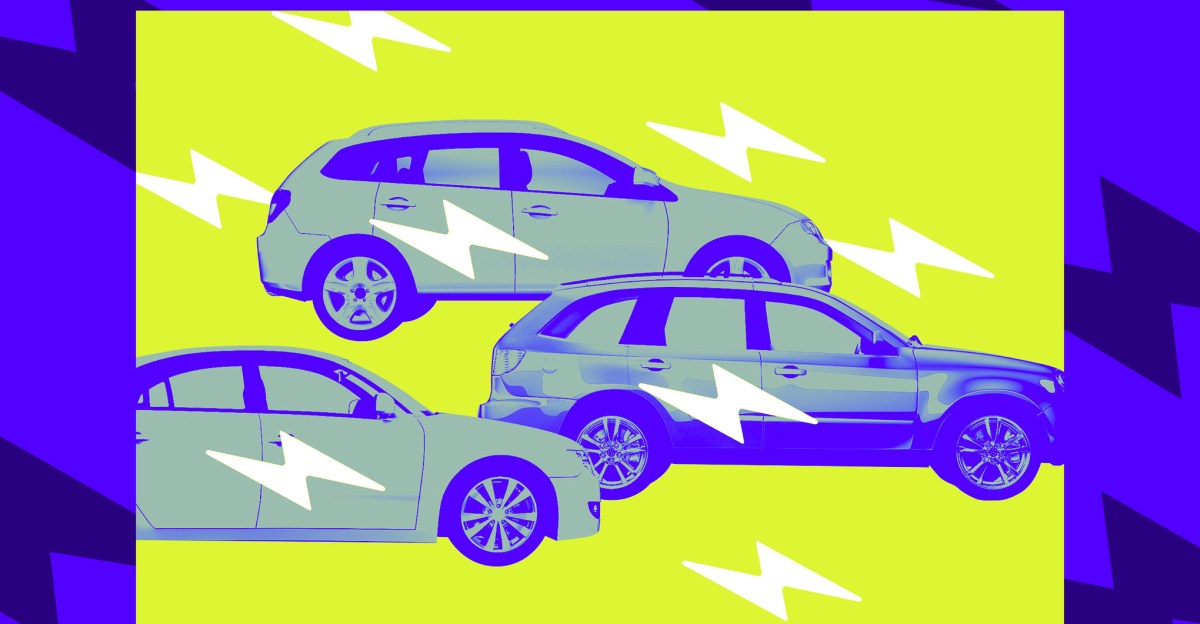The Future of Mobility: The Rise of Electric Cars and Robotaxis
As we step into a new era of transportation, the future of mobility is being reshaped by electric cars and robotaxis. These innovations are not merely passing fads; they are integral to the way we will navigate our cities and communities in the years to come. With the convergence of technological advancements, environmental concerns, and changing consumer preferences, electric vehicles (EVs) and autonomous taxis are positioned to revolutionize urban mobility. This article explores the driving forces behind this transformation and examines the implications for our daily lives.
Understanding Electric Cars: A Sustainable Shift
Electric cars are at the forefront of the automotive revolution. Unlike traditional vehicles that rely on fossil fuels, EVs are powered by electricity stored in batteries. This fundamental shift in power sources is fueled by several key factors:
- Environmental Awareness: As climate change becomes an increasingly pressing issue, consumers are more aware of their carbon footprints. Electric cars produce zero tailpipe emissions, making them a cleaner alternative to gasoline-powered vehicles.
- Government Incentives: Many governments worldwide offer incentives for purchasing electric vehicles. These can include tax credits, rebates, and grants that make the transition to electric driving more financially attractive.
- Technological Advances: Enhancements in battery technology have led to longer ranges and shorter charging times, alleviating one of the primary concerns associated with EV ownership: range anxiety.
As a result of these factors, the adoption of electric cars is accelerating. According to the International Energy Agency, the global stock of electric cars surpassed 10 million in 2020 and is expected to grow exponentially in the coming years. This shift is not only beneficial for the environment but also for the economy, as new jobs are created in the EV manufacturing and charging infrastructure sectors.
Robotaxis: The Next Frontier in Urban Mobility
While electric cars are transforming personal transportation, robotaxis represent the next frontier in urban mobility. These autonomous vehicles offer a glimpse into a future where personal car ownership may become obsolete. But what exactly are robotaxis, and what are their implications?
Robotaxis are vehicles equipped with advanced sensors, cameras, and artificial intelligence systems that allow them to navigate without human intervention. Companies like Waymo, Uber, and Tesla are leading the charge in this sector, investing heavily in the technology necessary to make fully autonomous vehicles a reality.
- Reduced Traffic Congestion: With the implementation of robotaxis, cities could see a significant reduction in traffic congestion. Fewer personal vehicles on the road mean less time spent in traffic and more efficient use of public roadways.
- Increased Accessibility: Robotaxis can provide transportation solutions for individuals who may not drive, including the elderly and people with disabilities. This inclusivity can lead to improved quality of life for many.
- Cost-Effective Transportation: The operational costs of robotaxis could be lower than traditional taxis, as they eliminate the need for a human driver. This could translate into cheaper fares for consumers.
Challenges on the Road Ahead
Despite the promising future of electric cars and robotaxis, several challenges remain. One of the most pressing issues is the need for infrastructure development. For electric cars to become mainstream, a robust network of charging stations is essential. Similarly, for robotaxis to operate effectively, cities must invest in smart infrastructure that facilitates their safe and efficient movement.
Another challenge lies in public perception and regulatory frameworks. Concerns regarding safety, privacy, and the potential loss of jobs in the transportation sector must be addressed. Building trust in these technologies will require transparent communication and collaboration between manufacturers, policymakers, and the public.
The Economic Implications of Electric Cars and Robotaxis
The economic landscape will also shift as electric cars and robotaxis become more integrated into our daily lives. The automotive industry is experiencing a transformation, with traditional automakers pivoting to electric and autonomous technologies. This shift has implications for manufacturing jobs, supply chains, and the global economy.
- Job Creation: While some traditional jobs may be phased out, the rise of electric vehicles and robotaxis will create new employment opportunities in sectors such as battery manufacturing, software development, and vehicle maintenance.
- Investment in Technology: As companies invest in electric and autonomous technologies, we can expect a surge in innovation. This could lead to advancements not only in transportation but also in related fields such as renewable energy and artificial intelligence.
- Global Competition: Countries that embrace electric vehicles and autonomous technologies may gain a competitive edge in the global economy, attracting investments and fostering innovation.
Urban Mobility: A New Paradigm
The advent of electric cars and robotaxis signals a shift in how we think about urban mobility. Our cities are currently plagued by traffic jams, air pollution, and inadequate public transport systems. However, with the integration of these technologies, we can envision a future where:
- Smart Cities: Urban areas will evolve into smart cities, utilizing data and technology to optimize traffic flow, enhance public transport, and improve overall quality of life.
- Shared Mobility: The concept of ownership may shift from individual car ownership to shared mobility solutions. This could reduce the number of vehicles on the road and promote more sustainable living.
- Improved Public Transport: Electric and autonomous vehicles can complement existing public transport systems, providing last-mile solutions that connect users to bus and train stations.
Conclusion: Embracing the Future of Mobility
The future of mobility is undoubtedly intertwined with electric cars and robotaxis. As we face pressing environmental challenges and a need for more efficient urban transport, these technologies offer promising solutions. By embracing these innovations, we can create sustainable, accessible, and efficient transportation systems that benefit everyone.
As we move forward, it is crucial for stakeholders—including governments, businesses, and communities—to collaborate and invest in the infrastructure, regulations, and public acceptance necessary for this transformation. The road ahead may be complex, but the journey toward a greener and smarter future of mobility is one we must take together.
See more Future Tech Daily

